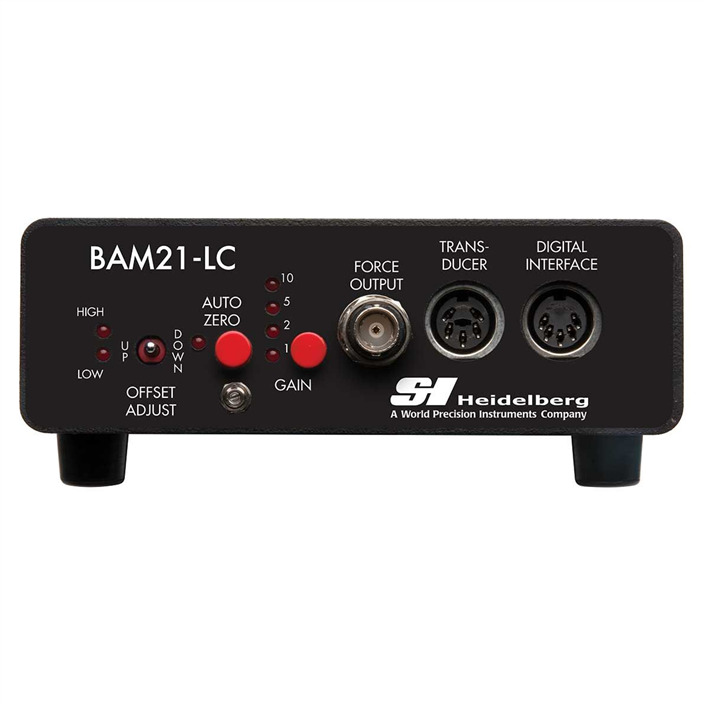



More references regarding different thin shell theories can be found in, with useful writings from the standpoint of comparison of various thin shell theories such as being recommended in the book. The vibration behaviour of shells excited by an internal monopole source was studied further in. Fuller and Fahy investigated more comprehensive dispersion and energy distribution of waves in shells containing fluid on the basis of Donnell–Mushtati shell equations, where branches in the real, imaginary and complex planes were observed. Two modes were found to exist at all frequencies, which challenges Thomson’s erroneous conclusion that only one mode exists at lower frequencies. The study was confined to axisymmetric waves with purely sinusoidal variation, in comparison with the wave propagation through a cylindrical bore contained with fluid in. A representative work based on Timoshenko-type theory was carried out by Lin and Morgan, extending to high modes at higher frequencies in a fluid-filled cylindrical shell. To address a special case where the thickness is much smaller than the radius, various approximations have been adapted to develop various thin shell theories, which range from Love’s first approximation, Donnell and Mushtari’s theory to ‘Timoshenko-type ’ theories. To validate the theory foundation, experiments were then carried out, where the dispersion curves was inverted from experimental time waveforms through Prony’s method. The numerical results of dispersion curves, attenuation due to radiation, displacement distribution and stress distribution were presented. have investigated axisymmetric waves propagation in fluid-loaded cylindrical shells, where five cases were considered including a cylindrical shell in vacuum, a cylindrical shell surrounded by a liquid, a hypothetical liquid column, a cylindrical shell filled with liquid, and a cylindrical shell immersed in an infinite liquid.

Based on this theoretical analysis, Lafleur and Shields conducted research on two mode waves (ET0 and ET1) in a liquid-filled elastic tube at low frequencies, where the dispersion characteristics and particle displacement profiled in both plastic and aluminum tubes were presented. Del Grosso has solved the exact formulation of the characteristic equation for tubes with arbitrary thickness, focusing on axisymmetric waves. This led to a three-dimensional solution to a characteristic equation of wave propagation in hollow circular cylinder, and corresponding numerical results. Both axisymmetric and non-axisymmetric motions were then studied in the framework of the theory of elasticity. Further investigation was carried out by Gazis on the plane-stain vibration of hollow cylinders covering the cases from a thin shell to the Pochhammer case of a solid cylinder. Mcfadden investigated radial vibrations of hollow cylinders with thick wall with particular emphasis on axisymmetric motion. While this paper focuses on a specific application associated with pipeline localization, many acoustic methods are feasible across a wide range of underground infrastructures.Įarlier research on wave propagation in tubes or liquid cylinders provides the theoretical basis for localization of water pipes, with attention to low-order mode waves or relatively low frequency range. It has been highlighted that the ability of acoustic methods to locate non-metallic objects should be of particular practical value. Acoustic methods for locating underground pipelines have proven to be useful and effective supplements to existing localization techniques. In addition, the key features of each method are summarized and suggestions for future work are proposed. Investigations are conducted from multiple perspectives including the wave propagation mechanism in buried pipe systems, the principles behind each method along with advantages and limitations, representative acoustic locators in commercial markets, the condition of buried pipes, as well as selection of preferred methods for locating pipelines based on the applicability of existing localization techniques. This paper presents a comprehensive review of current acoustic methods and recent advances in the localization of buried pipelines. Acoustic pipe localization methods, as effective trenchless detection techniques, have been implemented in locating underground utilities and shown to be very promising in plastic pipeline localization. The process of locating buried pipelines of interest is an essential prerequisite for pipeline maintenance and repair. Underground pipelines are vital means of transporting fluid resources like water, oil and gas.


 0 kommentar(er)
0 kommentar(er)
